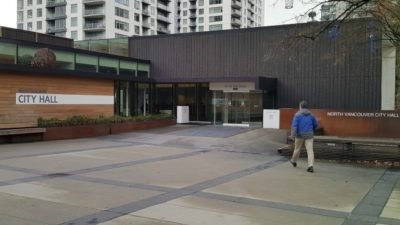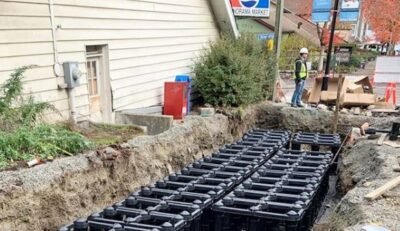West Vancouver District staff have informed the Council that they do not have the authority to reduce the no-stopping zones around fire hydrants from 5.0 metres to 2.5 metres without provincial approval. The findings were presented in a staff report prepared in response to an April 22 motion from the Council directing staff to investigate the feasibility of creating additional parking spaces.
The report highlights that the current 5-metre no-stopping zone is a provincial requirement under the British Columbia Motor Vehicle Act. According to staff, this setback is in place to ensure that fire hydrants are visible and accessible during emergencies. As this is a provincial rule, the District has no legal authority to modify this requirement through municipal bylaws.
Provincial Involvement Required
Staff further noted that any changes to the setback would require an amendment to the Motor Vehicle Act. The District could formally request the Province to consider reducing the mandated setback or seek support from the Union of British Columbia Municipalities (UBCM) to lobby for a change. However, the report stops recommending this course of action, as it would involve a lengthy legislative process and still need to align with public safety priorities.
Public Safety Considerations
The report emphasized the critical role of fire hydrants in the District’s fire prevention and suppression systems. Hydrants connected to the District’s underground water mains provide a vital water source for the fire department during emergencies. Any reduction in the no-stopping zone would need to carefully balance parking needs with the requirement for unhindered access to hydrants, staff said.
Technical standards for fire hydrants, set out in the “Water Supply for Public Fire Protection – A Guide to Recommended Practice” and the Master Municipal Construction Documents (MMCD), dictate the placement and spacing of hydrants. These standards ensure that hydrants are no more than 150 metres apart and positioned strategically to serve nearby buildings.
In the report, staff also noted that reducing the no-stopping zone could, in theory, create additional parking spaces. However, the number of spaces gained would depend on specific factors, including block length, hydrant location, and nearby infrastructure like pedestrian walkways and curb returns. A typical vehicle parking space requires 6 to 7 metres, which means practical constraints could limit any potential gains.










Comments
NOTE: The North Shore Daily Post welcomes your opinions and comments. We do not allow personal attacks, offensive language or unsubstantiated allegations. We reserve the right to edit comments for length, style, legality and taste and reproduce them in print, electronic or otherwise. For further information, please contact the editor or publisher, or see our Terms and Conditions.